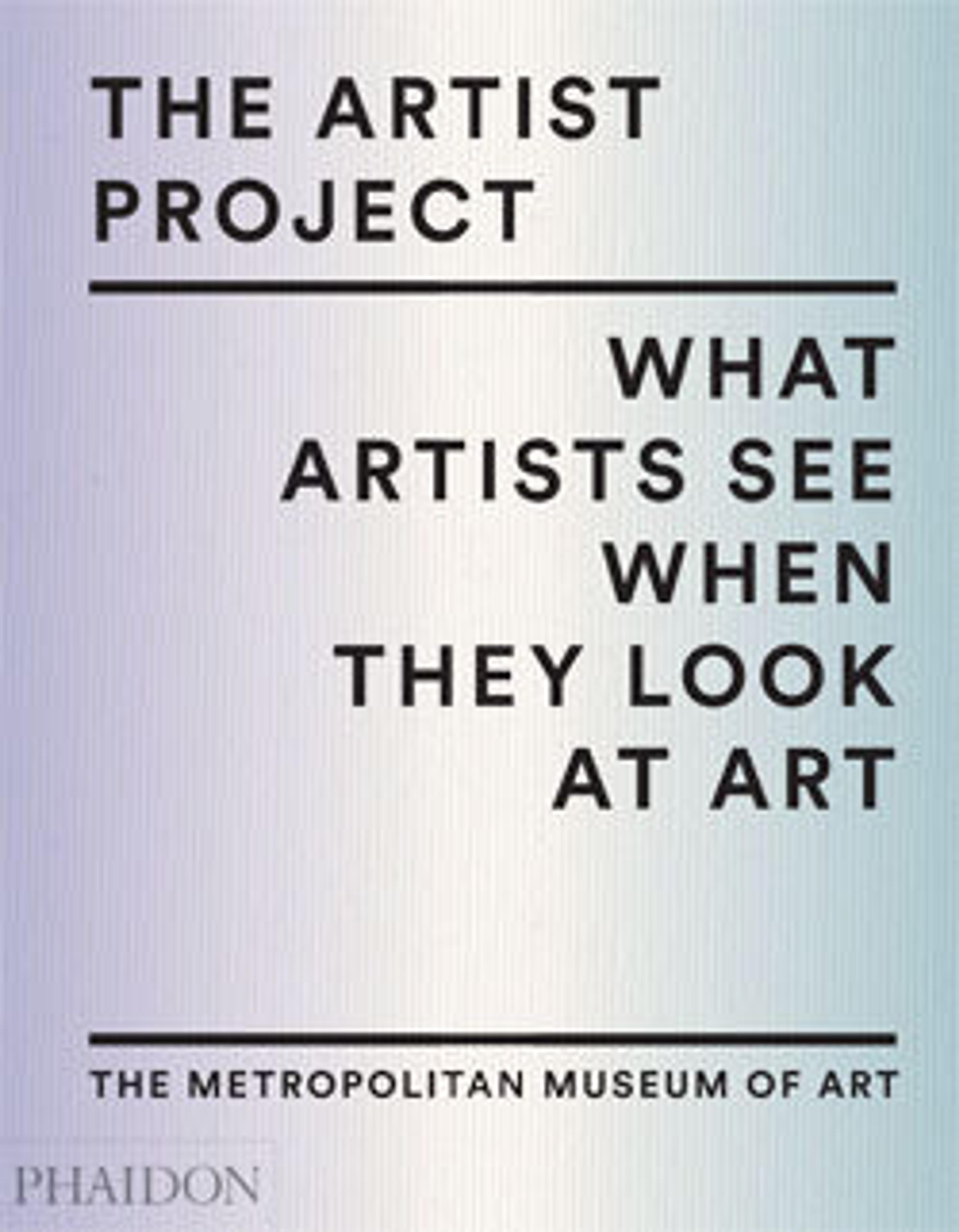Figural spill vase
The middle of the nineteenth century witnessed a proliferation of relief-molded earthenware covered with an allover mottled brown enameled glaze. Often referred to as Rockingham ware in homage to similar ware first produced in England on the property of the marquis of Rockingham, many of the original molds and designs were brought from England by itinerant potters who fashioned these wares. Variations occur in the glazes by the means of application—dipping, sponging, or splashing—and with the addition of colored oxides. Relief-molded pitchers were the most common forms, but slip-cast animal figures such as a recumbent cows, lions, poodles, and deer, were also popular. This figure of a reclining doe was likely intended as a mantel ornament. The hollow tree trunk behind the doe was used to hold paper or wood spills for lighting candles or oil lamps. The piece is covered in an overall mottled cream and brown flint enamel glaze, commonly known as Rockingham glaze.
Artwork Details
- Title: Figural spill vase
- Date: 1830–70
- Geography: Made in Bennington, Vermont, United States
- Culture: American
- Medium: Earthenware with flint enamel glaze
- Dimensions: 8 3/4 x 11 in. (22.2 x 27.9 cm)
- Credit Line: Bequest of Helen Hay Whitney, 1944
- Object Number: 45.35.32
- Curatorial Department: The American Wing
More Artwork
Research Resources
The Met provides unparalleled resources for research and welcomes an international community of students and scholars. The Met's Open Access API is where creators and researchers can connect to the The Met collection. Open Access data and public domain images are available for unrestricted commercial and noncommercial use without permission or fee.
To request images under copyright and other restrictions, please use this Image Request form.
Feedback
We continue to research and examine historical and cultural context for objects in The Met collection. If you have comments or questions about this object record, please complete and submit this form. The Museum looks forward to receiving your comments.
